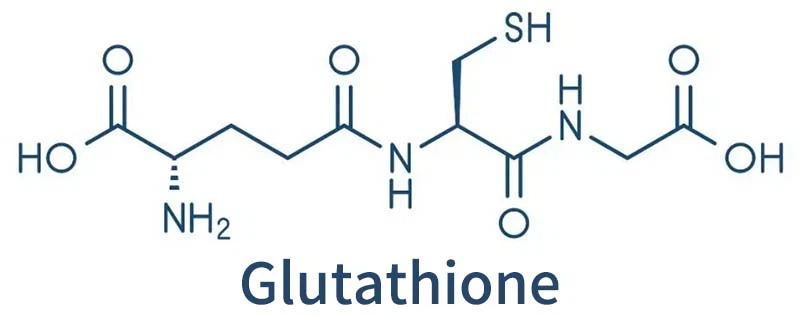What exactly is glutathione?
Glutathione is a tripeptide, which is composed of glutamic acid, cysteine and glycine, containing gamma-amide bond and sulfhydryl group. It is widely distributed in mammalian, plant and microbial cells.
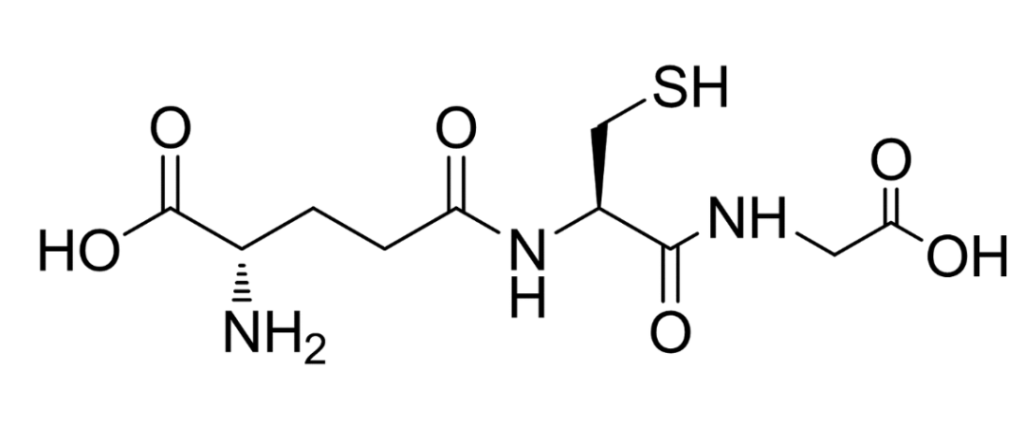
glutathione (r-glutamyl cysteingl +glycine (GSH)) helps maintain normal immune system function and has antioxidant, integrative and detoxifying effects.
The sulfhydryl group on cysteine is its active group (often abbreviated as G-SH), which is easy to combine with some drugs, toxins, etc., so that it has an integrated detoxification effect. china glutathione manufacturers
GSH can not only be used as medicine, but also as the base material of functional food, which is widely used in functional food such as delaying aging, enhancing immunity and anti-tumor.
Glutathione can reduced (G-SH) and oxidized (G-S-S-G) in two forms, and the reduced glutathione is the majority under physiological conditions.
Glutathione reductase can catalyze tautosis between the two types, and the coenzyme of this enzyme can also provide NADPH for pentose phosphate bypass metabolism.
Classification of glutathione
Glutathione is divided into reduced glutathione (GSH) and oxidized glutathione (GSSG), which can be converted into each other. GSH widely used in production and life.
The birth of glutathione
GSH is synthesized by glutamate-cysteine ligase (GCL) and glutathione synthase (GSS), GCL is the cause of the special peptide bond of glutathione, which first connects the gamma-carboxylic group of glutamate to the amino group of cysteine, forming the precursor of GSH – gamma-glutamylcysteine. The GSS then attaches glycine to it. Thus, GSH was born.
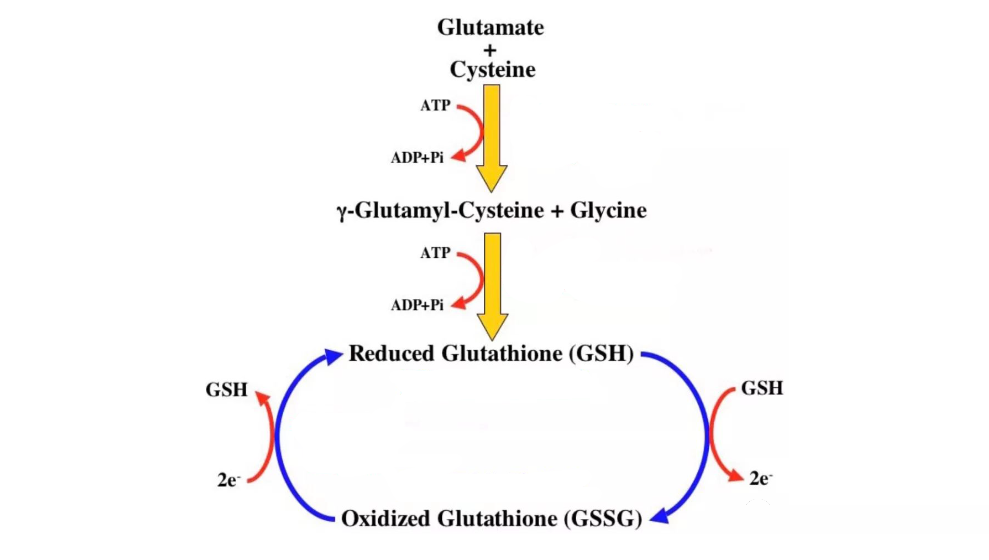
The unique structure of glutathione
Unlike other peptides, one of the peptide bonds of glutathione (GSH) formed between the gamma carboxyl group of glutamate and the amino group of cysteine.
This peptide bond not only demonstrates the toughness and stability of glutathione, which not destroyed by many polypeptidases, but also reveals that GSH is not born in the hotbed of ribosomes like other peptides.
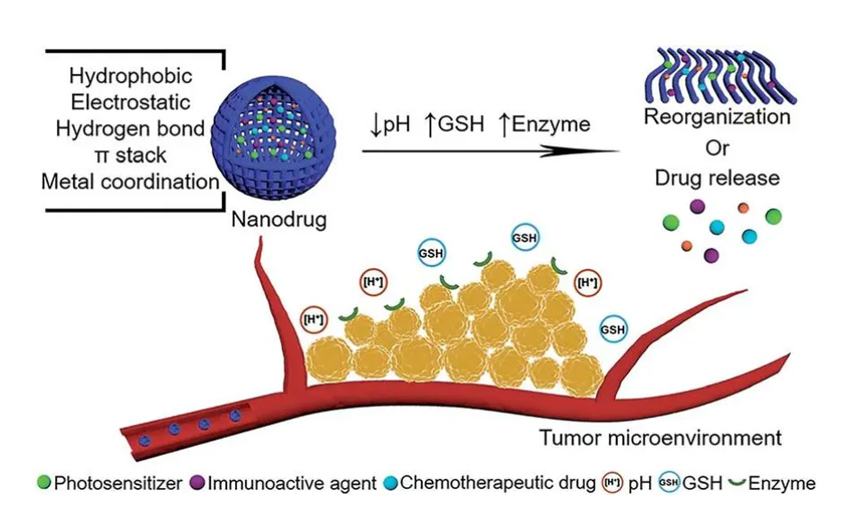
The structure of glutathione contains a lively sulfhydryl (-SH), which the active group of glutathione (so glutathione often shortened to GSH), which is easy to combine with some drugs (such as paracetamol) and toxins (such as free radicals, iodoacetic acid, mustard gas, lead, mercury, arsenic and other heavy metals), and has an integrated detoxification effect.
In addition, glutathione also has antioxidant, maintenance of normal immune system and other functions.
How do I get glutathione?
Glutathione is widely present in all animal and plant cells.
After scientists found its existence in living bodies, they found that it plays a very important role in life, so through continuous improvement in the later period, and finally achieve industrial large-scale production by fermentation.
Glutathione produced by yeast and Escherichia coli. The fermentation technology is mature, and the product is safe and pure.

Biological function of glutathione
1. Antioxidant function
Glutathione (GSH) as an antioxidant, antioxidant function is one of the main roles, can help the body to remove free radicals and peroxides, maintain a relatively stable state of the organism.
GSH can directly bind to and remove free radicals through sulfhydryl groups, and can also indirectly remove free radicals by increasing the activity of two antioxidant enzymes, GSH-PX and GST, thereby improving the antioxidant function of the body.
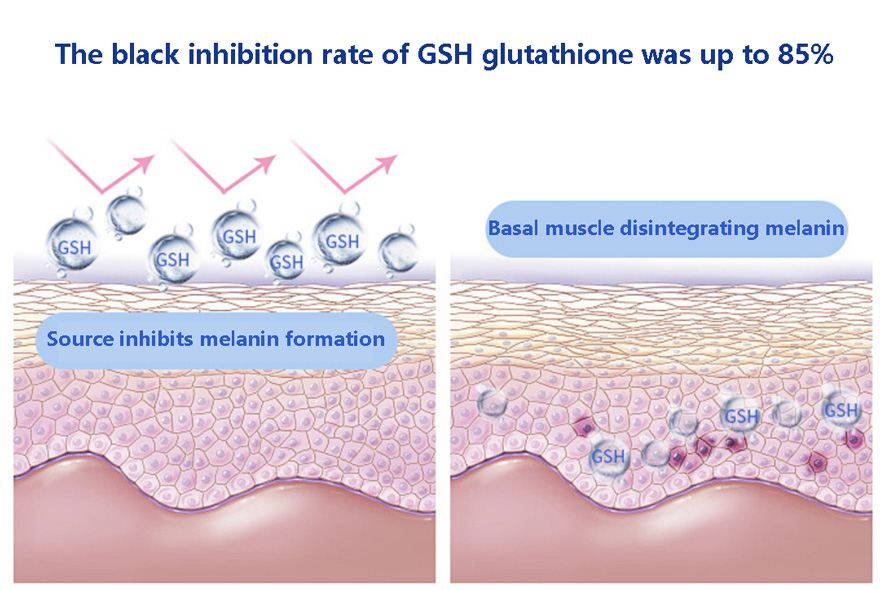
2. Growth-promoting function
GSH is a natural tripeptide involved in the cellular gamma-glutamyl cycle and plays an important role in the transport of amino acids and other nutrients.
GSH can improve the absorption and utilization of amino acids, promote protein synthesis and improve its growth performance by directly participating in the transport of amino acids in cells.
It can also promote the growth potential by improving the overall antioxidant capacity and health status of the body, and indirectly realize the role of promoting growth.
Skin whitening factor – Glutathione, antioxidant molecules inhibit the production of melanin, straight through the skin skin.
3. Detoxification function
GSH can reduce the toxicity of toxic substances and remove toxic substances from the body.
Similar to the way of anti-oxidation of GSH, it can also directly reduce the damage of toxic substances to the body in two ways to achieve detoxification. First, it can discharged from the body by directly combining with toxic substances;
Second, by improving the activity of GSH-Px and GST enzymes, the removal of toxic substances can achieved indirectly, and the influence of toxic substances on the body can weakened or removed eventually.
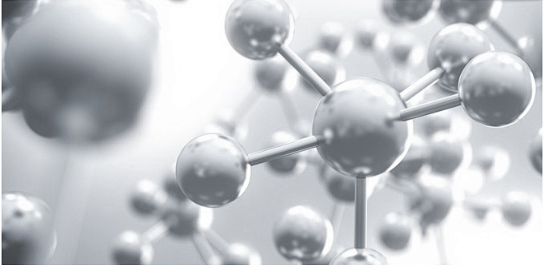
Application of glutathione in animal production
The research of glutathione (GSH) in animal production mainly focuses on improving the antioxidant performance, growth performance, anti-stress ability and breeding ability of animals, and has been widely studied and applied in aquatic animals, pigs, chickens, sheep and cattle in recent years.
1. Effects of GSH on antioxidant properties of animals
GSH can significantly improve the antioxidant performance of animals.
The results showed that supplementation of GSH in the diet of weaned piglets at 28 days of age could significantly increase serum GSH-PX activity and Ig G content of weaned piglets.
In addition, GSH can significantly increase the serum GSH and Ig G contents of broilers. The activities of antioxidant enzymes such as SOD and CAT in serum of fattening sheep in the experimental group were significantly higher than those in the control group.
In addition, the antioxidant properties of GSH have also been well verified in aquatic products, meat sheep and other animals.
2. Effects of GSH on animal growth
GSH can significantly improve the growth performance of animals.
The results showed that adding 20mg/kg GSH to the diet of fattening pigs could significantly improve the daily gain, carcass lean meat percentage and feed utilization rate of pigs.
In the study of weaned piglets, it found that the serum IGF-1 level of experimental group pigs significantly higher than that of control group, and the expression of IGF-1 mRNA in liver and muscle also significantly higher than that of control group.
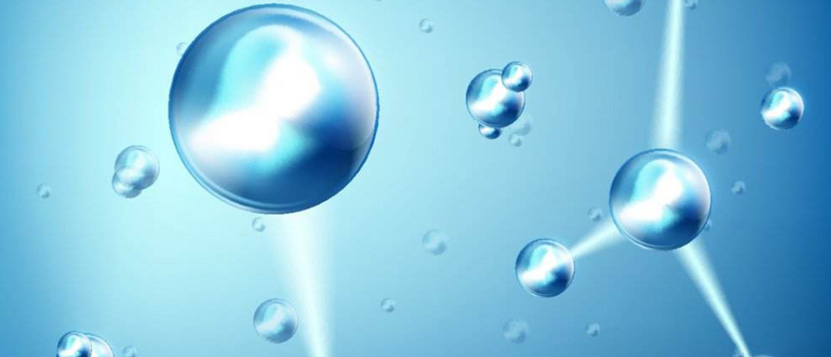
In the study of chickens, it found that GSH can significantly improve the weight gain rate and feed utilization rate of yellow feather broilers. GSH can also significantly improve the proliferation ability, glucose absorption function and cell membrane enzyme activity of chicken small intestinal epithelial cells.
In the study of sheep, after adding GSH to the diet, the weight gain rate and feed utilization rate of meat sheep significantly improved; GSH can also significantly increase the levels of serum IGF-1 and GH in mutton sheep.
In addition, a number of studies found that the production performance of aquatic animals in GSH experimental groups significantly improved.
3. Effects of GSH on anti-stress in animals
GSH can significantly improve the anti-stress ability of animals, improve the resistance ability and survival rate of animals in adverse environment.
In the study of aquatic animals, it found that GSH can effectively reduce the stress of microcystin to Pelteobagrus pelteobagrus and grass carp, and improve the anti-stress ability.
In the study of chickens, it found that GSH can improve the resistance of chicks to coccidiosis and increase the survival rate of chicks. GSH can also inhibit the adverse effects of high concentration copper ions on the mitochondria of broiler liver cells and protect the mitochondrial respiratory chain complex of broiler chickens.
4. Effects of GSH on animal breeding
GSH has a good effect on cell preservation in animal breeding.
In the study of pigs, it found that adding 1mmol/L glutathione in the culture medium could reduce the production of ROS during semen freezing, and significantly improve the viability, vitality and acrosomal integrity of frozen sperm after thawing.
In the study of cattle, it found that adding 3.2mmol/L GSH in the culture medium could significantly improve the motility, longevity and fertilization rate of bovine sperm after freezing and thawing.
during the process of embryo development in vitro, the addition of GSH in the culture medium can improve the success rate and survival rate of embryo development at each stage.
In short, the unique molecular structure of GSH enables it to have various physiological functions such as anti-oxidation, anti-stress, detoxification, etc., so it plays a very important role in the healthy growth of animals. With the deepening of the research, the relevant mechanism and principle of GSH’s effect on animals will be more clear, and its application prospect will be broader.
![[Ingredient science] Skin whitening pill glutathione past and present life](https://biowoo.com/wp-content/uploads/2024/04/640-5.jpg)

